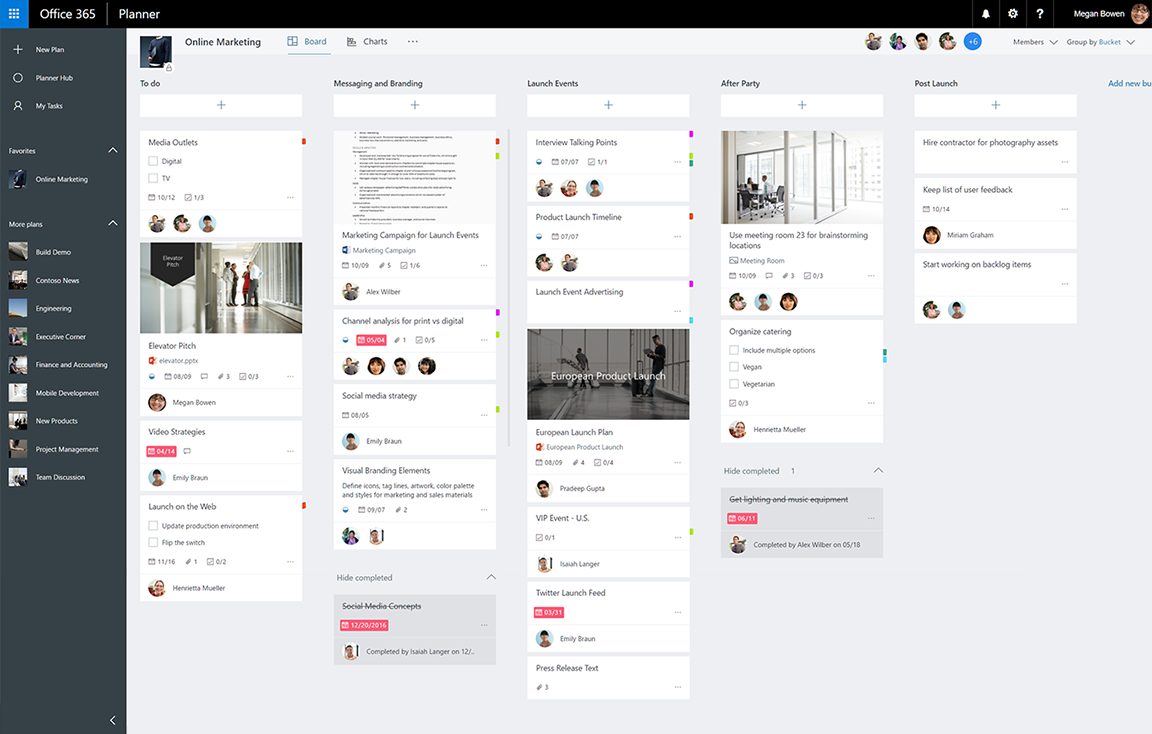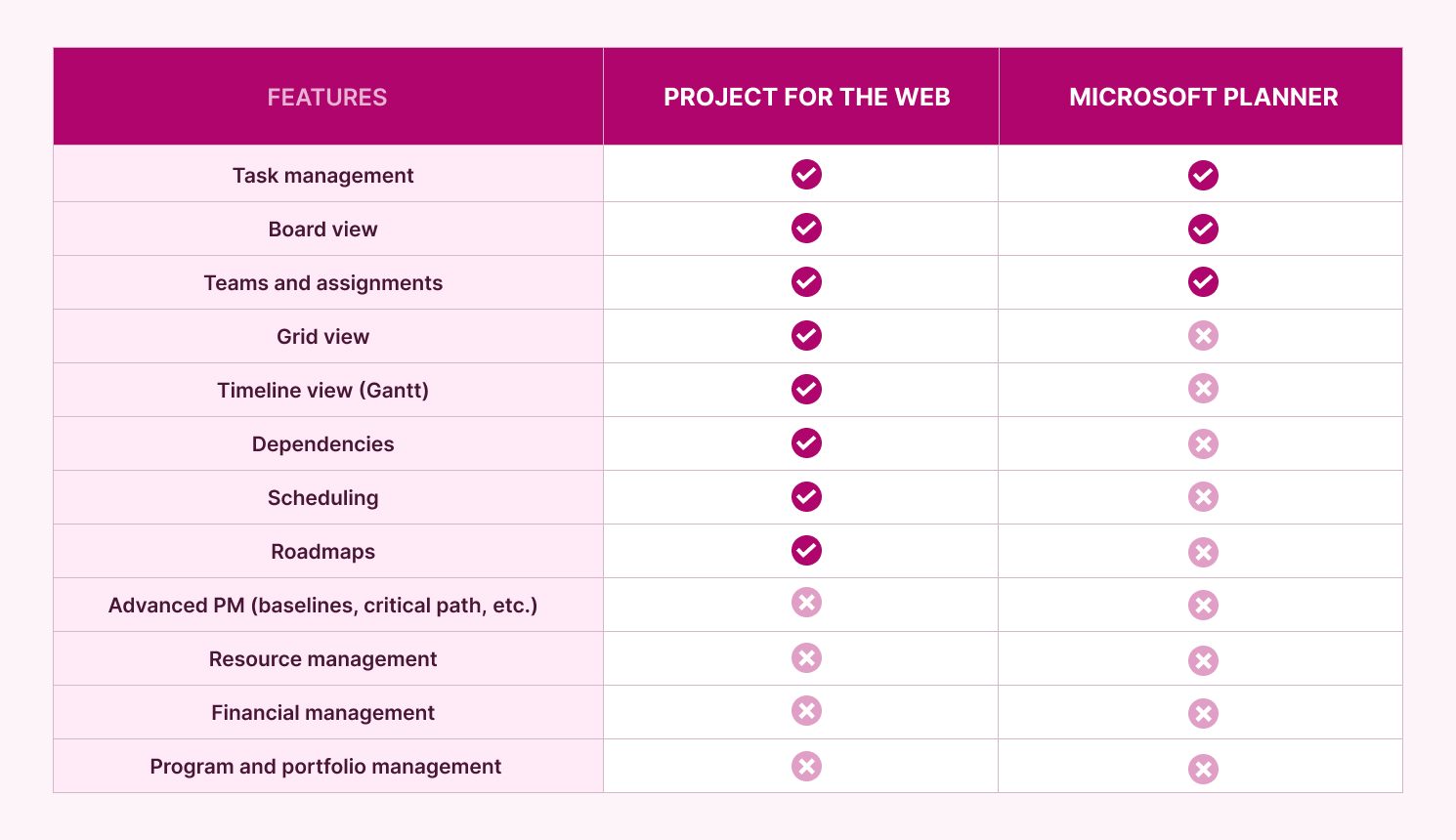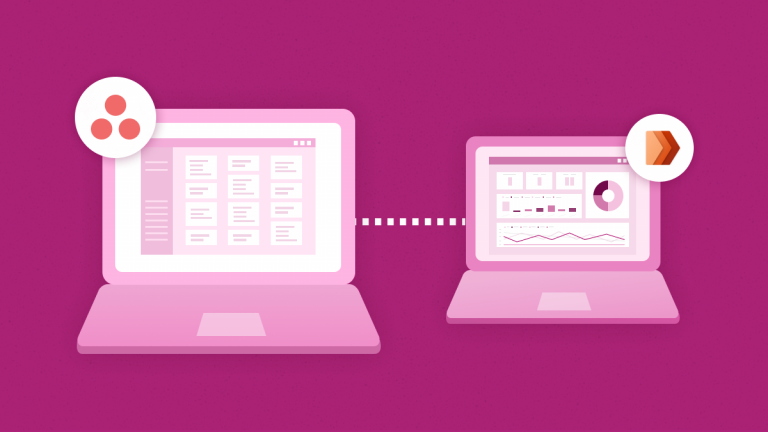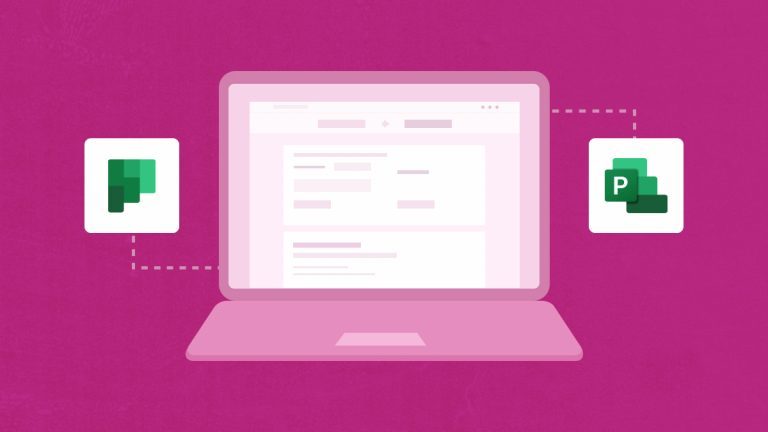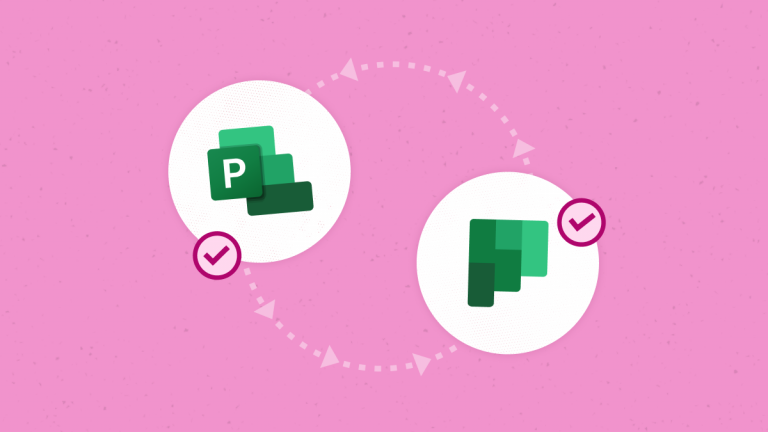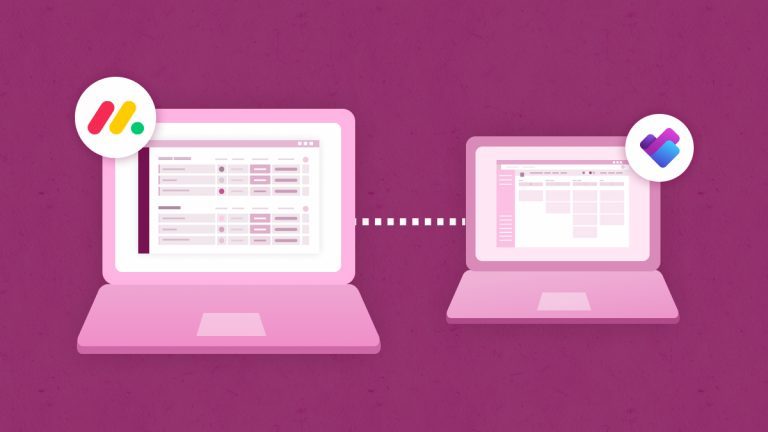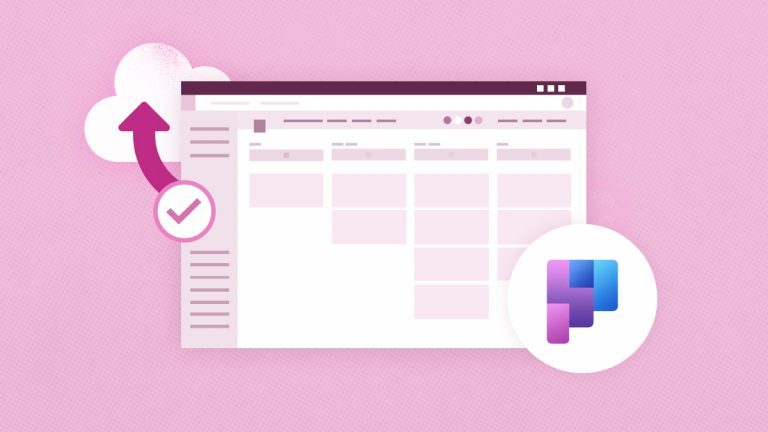
Elena Humeniuk
PPM Consultant
“Let our advance worrying become advance thinking and planning.” ~ Winston Churchill
In project management, clearly defining and setting the goal one hopes to achieve is a concept shared by all. However, the process of achieving that goal is an area where we, as project managers, tend to vary. Although project management methodologies share similar concepts, projects come in great variety, as do the tools used to support them. Some projects are characterized by a need for deep analysis requiring time-phased data and resource planning. Other projects may be simpler, with less stringent requirements for tracking detailed data. There is flexibility in tools to choose from to fit the needs of your organization, portfolio, program, or project.
Project for the Web
Project for the Web is the latest offering for cloud-based working by Microsoft and is part of the Microsoft Project product family. With its work management capabilities, Project for the Web (or simply called Project) empowers project managers and relevant team members to plan and manage tasks of any level and size. It is built on Microsoft Power Platform and includes Project Online Desktop Client, Project Online, Project Server, and Project Desktop. It also contains Project Home, Roadmap, and a web-based option, offering an easy-to-use project management experience that is helpful for informal project managers. Whether you are a formal or informal project manager, Project for the Web facilitates creativity and easy project collaboration. It also empowers the user with multiple planning options by providing three views: grid, Kanban planning, and timeline.
Microsoft Planner
While Microsoft Planner also supports project management at a high level, it is mainly used to simplify task management and to-do lists for relevant project teams. Microsoft Planner (also called Planner) is a lightweight application designed for both mobile and web platforms. It’s available with an Office 365 business subscription. Planner enables project managers to create plans, assign tasks, collaborate with other team members, and monitor project progress. Utilizing Kanban board methodology for simple task management, it enables relevant project team members to work together on that board and update task progress. Planner can be used with Microsoft Teams and SharePoint.
Selecting the Right Tool
As mentioned above, in an environment where there are several Microsoft project management software with similar functionalities, it can be difficult to know which tool to choose. So, when it comes to choosing between Project for the Web and Microsoft Planner, keep the following parameters in mind:
- First, identify if the project is a solo or team project. If it is a solo project, then there are more suitable Microsoft products available, as Project for the Web and Microsoft Planner are used for team projects.
- Next, consider the nature of the project by identifying the deliverables and dependencies. If there are few deliverables and dependencies, then this means it is a simple project. Microsoft Planner is the most suitable product for simple projects. If the deliverables and dependencies are more extensive, then we should opt for Project for the Web as it is better suited to handle the complexities of medium to large projects. Interestingly, we can use Tasks app in Teams to review our Planner tasks (at both individual and team levels), and Project app in Teams to view projects in Project for the Web. There is support for both applications at different levels.
Project for the Web vs. Microsoft Planner
See the comparison of Project for the Web vs Planner features in the following table to help you further decide which is the right product for your project needs.
The last four features in the above table can be handled by Microsoft Project Online/Project Online Desktop Application.
Conclusion
Considering all the discussed points of Project for the Web vs Planner, the right tool can be selected after thoroughly analyzing the project’s nature and organization requirements along with the expected results and monitoring. Microsoft Planner will be a suitable initiation point for individuals and teams collaborating and monitoring task items. In contrast, Project for the Web is appropriate for teams who want to grow from Office 365 Planner into more advanced working arrangements or require features such as grid view, timeline view, scheduling, and dependencies.
Discover more Project for the Web benefits


